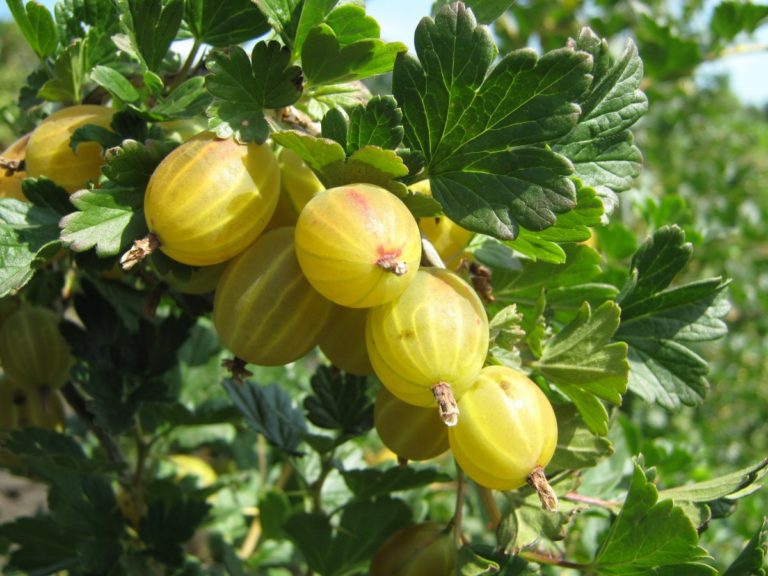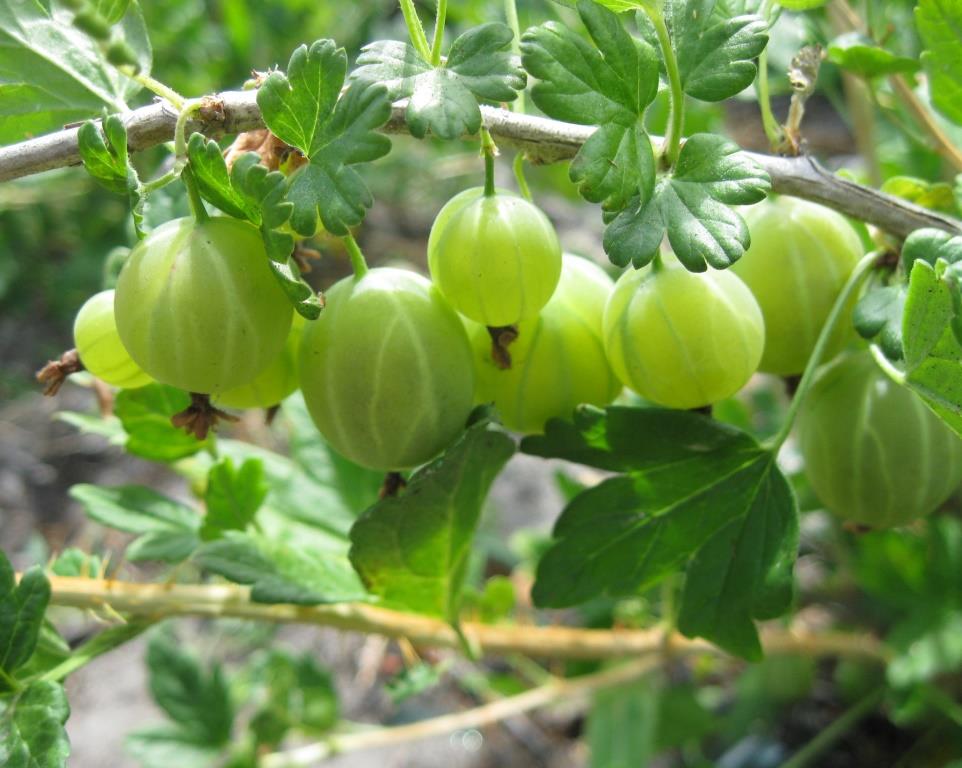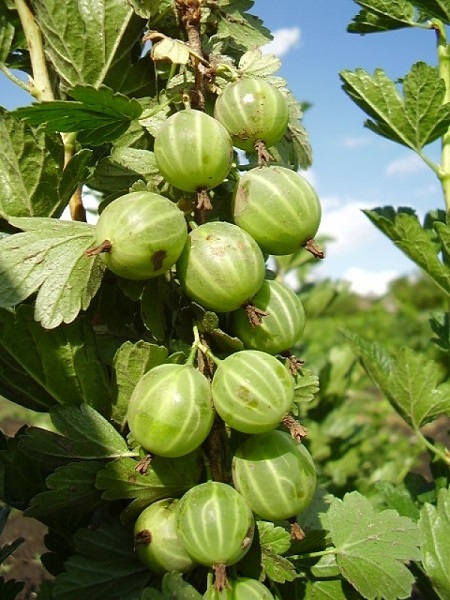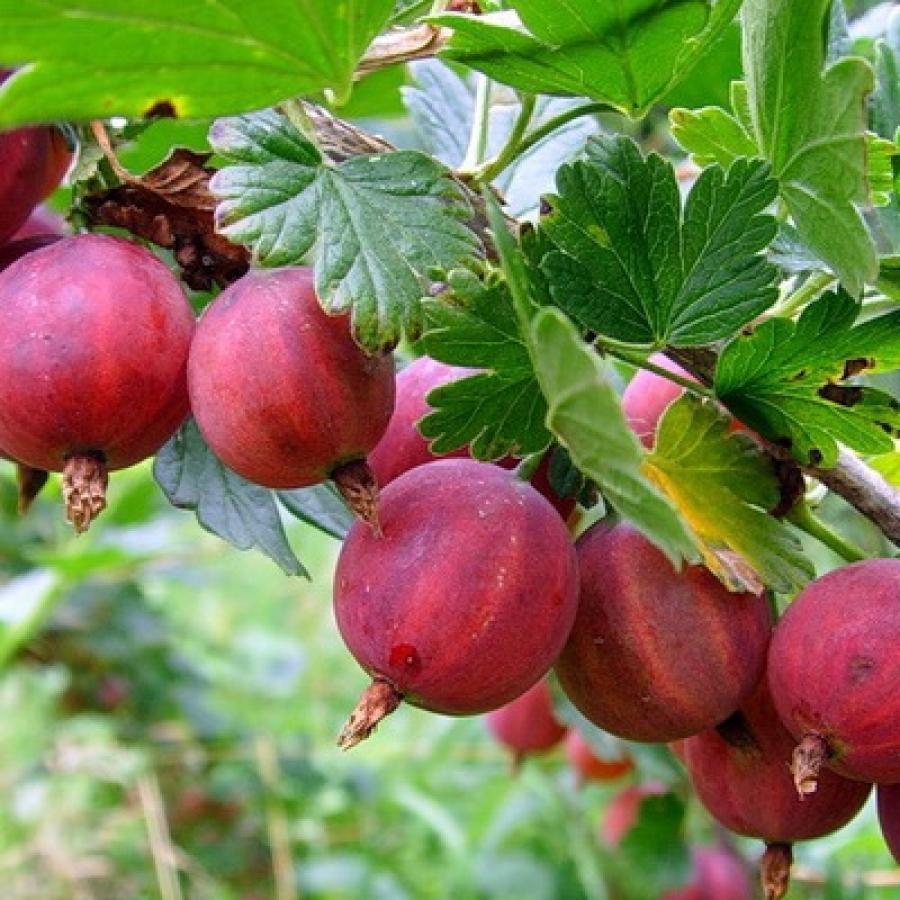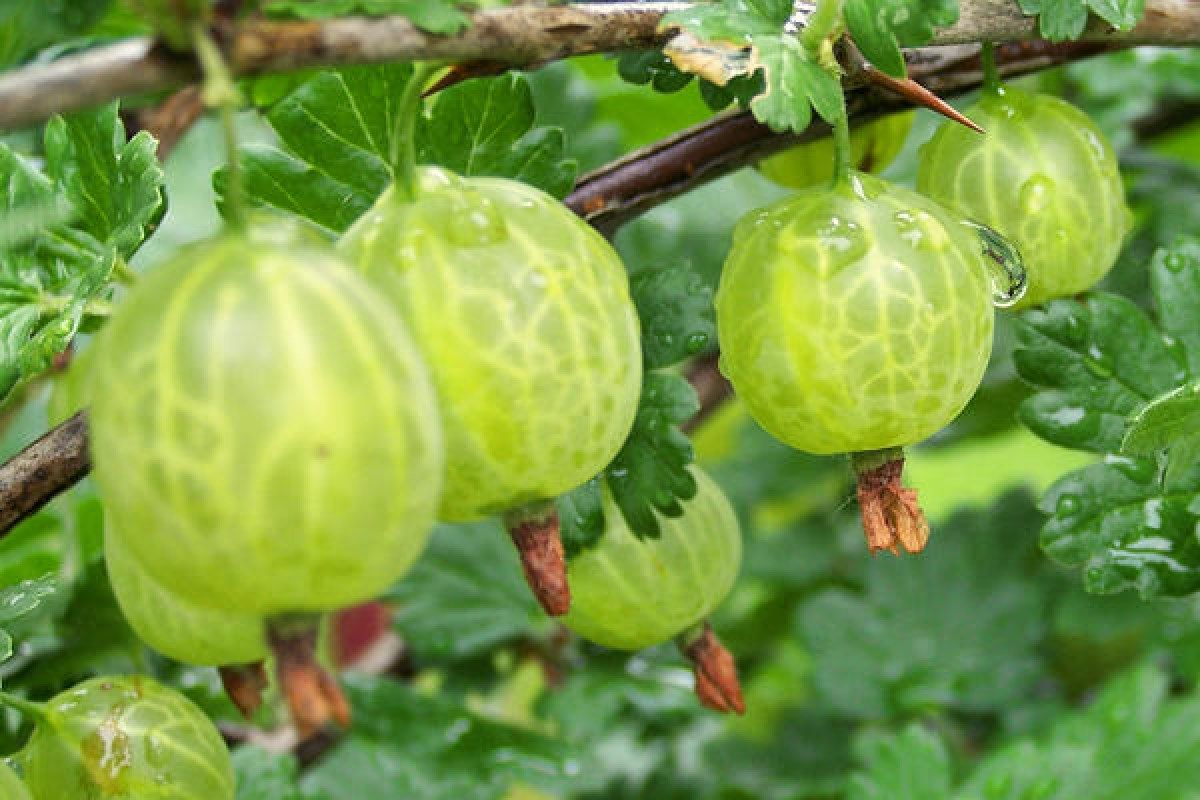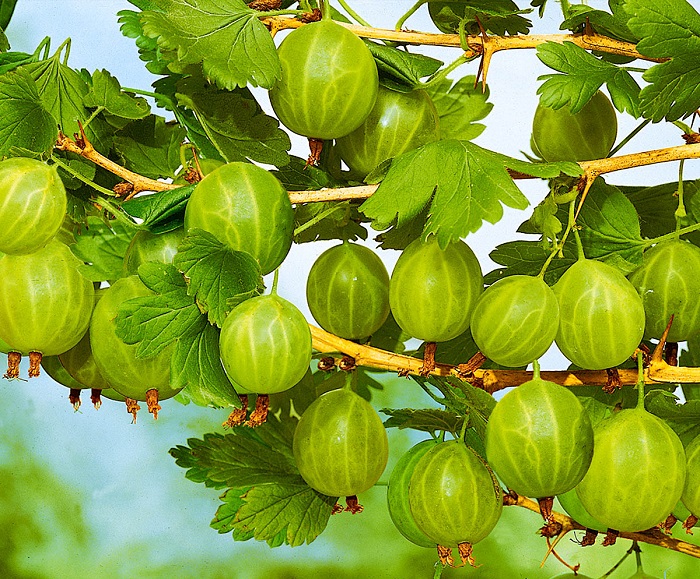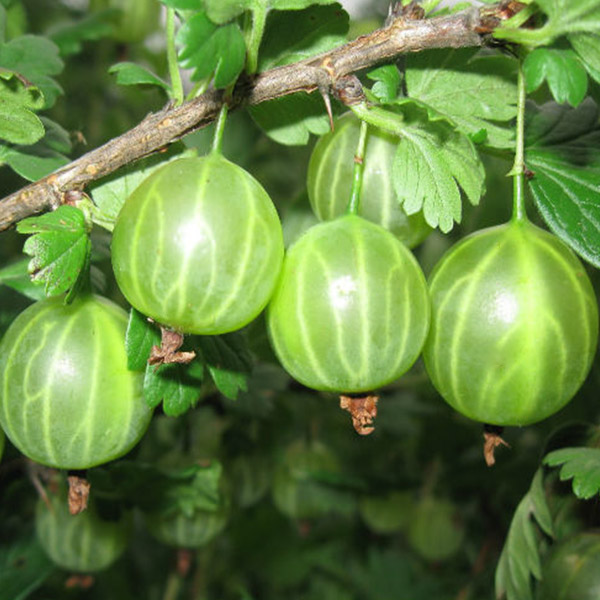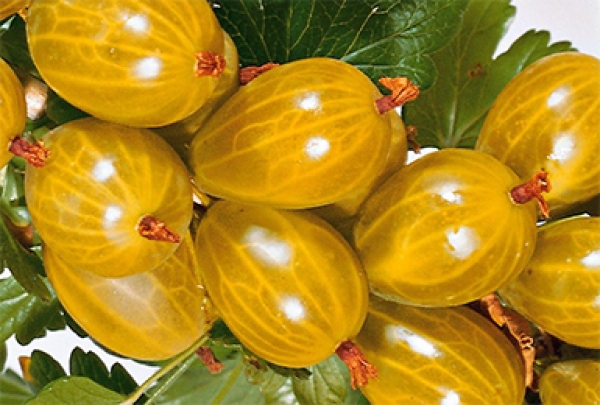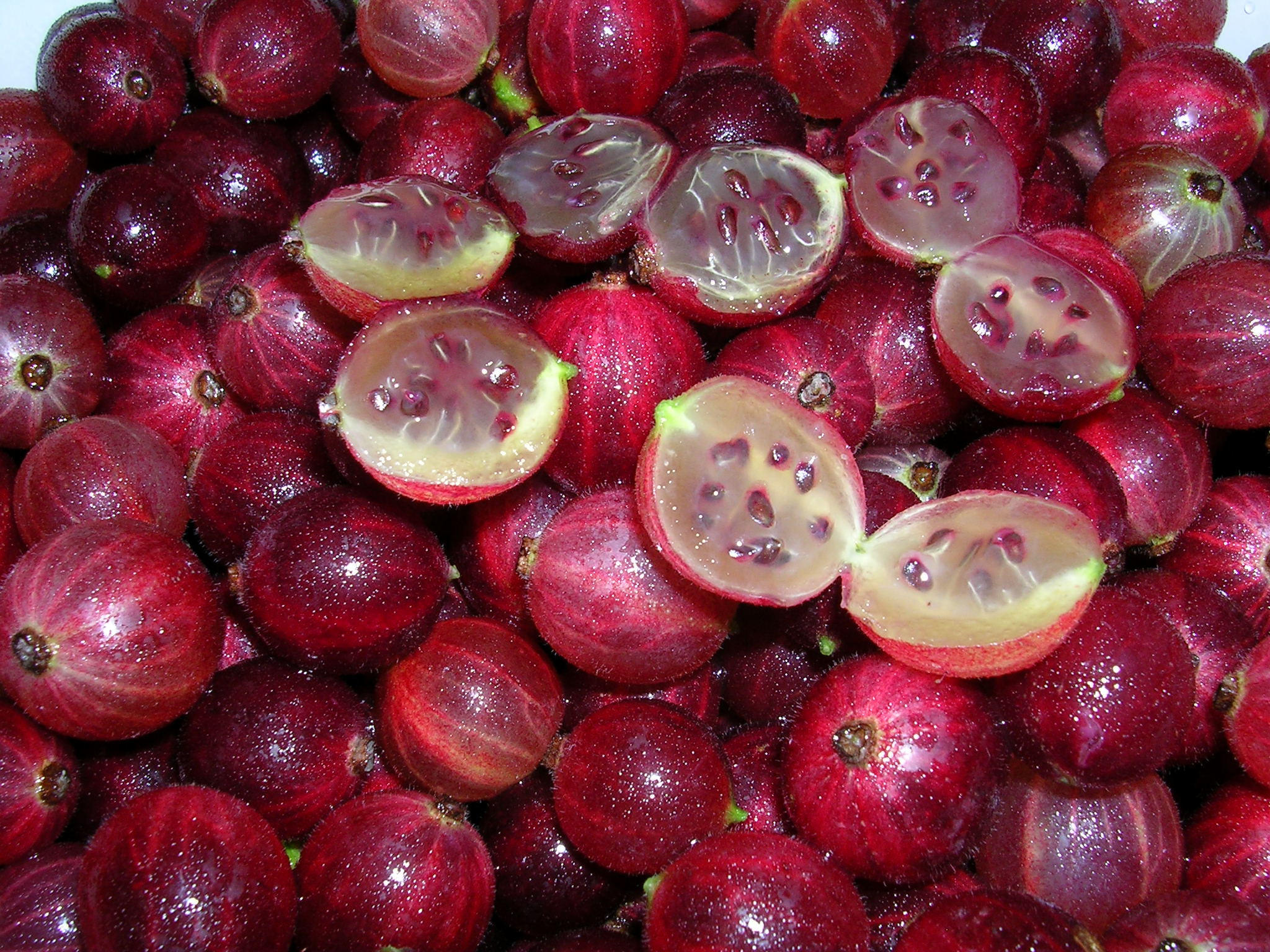Content:
Gooseberry is a garden crop belonging to the Gooseberry biological family. The number of varietal varieties of gooseberry varieties is 1,500 out of 160 species names. Plantings of fruiting goose bushes can be found within the European, North American territories, on the African continent and in Asian regions.
Varietal characteristics
Gooseberry Beryl is considered an innovative varietal variety of the horticultural segment. V.S. Ilyin is a Soviet agronomist who got this variety in the 1970s by crossing Nugget with Malachite - two widespread varieties among gardeners of that time.
Frosts, which are not always favorably tolerated by such a garden culture as gooseberries, the Beryl variety tolerates without further damage to the bush plant, is able not to lose its positive fruiting qualities at almost -30 ° C temperature conditions.
External features of gooseberry
Gooseberry Beryl is a mid-season gooseberry that is picked in the second half of July. The appearance of the flowers is characterized by an elongated goblet shape, their size is relatively large. Peduncles are thickened. The type of inflorescence of the Beryl gooseberry is two-flowered. The separate sepals of the gooseberry bush of this variety are pink in color (sometimes in a pale pink variation). The height level of a medium-spreading gooseberry bush variety Beryl reaches an average mark. The thickness of the curved shoots is medium. The arrangement of solitary, almost imperceptible, thorns falls on the lower part of each shoot.
The large dessert berry gooseberry berry variety Beryl, the taste of which can be described as sweet and sour, outwardly differs from other varieties in its measured light green color and a thin non-pubescent shell.
The lamellar part of large green leaves in the area of the middle vein has a concave appearance. There are deep cuts on the surface of the five-bladed sheet. The shape at the base of the leaf is wide-triangular.
Correct fit
The beryl gooseberry bush can be planted in any soil, with the exception of waterlogged and acidified soil. However, the highest quality fruiting and healthy development of the plant are possible under conditions of planting in soil abundantly heated by the sun's rays.
Note. With insufficient fertility of the land on the site for planting gooseberries, Beryl should add organic matter in the form of cow dung or rotted compost.
Planting activities are carried out in the early spring period or in early autumn before the end of the first decade of October - a later planting will contribute to early rooting in the pre-winter period. It is necessary to plant a beryl gooseberry bush by placing the planting vertically, making sure that the root part is buried five centimeters deep. Measures for preparing the soil for planting work, which include loosening the soil and enriching it with fertilizers, are carried out well in advance of planting, ahead of this process by two weeks.
Note. So that the gooseberry beryl plant is not damaged by frost, it is recommended to bend the gooseberry bush during the winter season.
First of all, compost material in the volume of 1 bucket, supplemented with 500 grams of mineral dressings, mixed with two liters of ash, is introduced into the prepared thirty-centimeter depression measuring 30X35. The resulting fertilizer composition is mixed with planting soil for the subsequent planting of a gooseberry bush.
Note. When planting a gooseberry bush, it is necessary to ensure that the core of the planting material is buried eight centimeters deep into the ground.
It is better to apply organic fertilizers during planting activities for horticultural crops - in the spring season. During the autumn planting, the introduction of organic matter can provoke damage to the root system by various beetles wintering in it.
Note. The germination of young shoots from the central planting area indicates that the gooseberry bush has taken root well at the planting site.
Sizing methodsshearing, watering
Consider the specifics of the breeding of Beryl gooseberries, which is carried out by one of the traditional methods:
- cuttings;
- by the vaccination method;
- when dividing the bush.
The treatment of goose plantations from aphids and flames is carried out using soap-ash essence in the spring. Reducing the risk of septoria infection provides the introduction of a vitamin and mineral complex.
Carrying out regular watering of this moisture-loving gooseberry variety after the end of planting work, it is unacceptable to create an excess of water in the area of the root system. During the spring snowmelt, the moisture supply of the gooseberry bush occurs due to the melt water.
When the plant enters the flowering-fruiting stage, it should be watered weekly. Watering the beryl gooseberry bush is permissible only in the root area, avoiding moisture on the leaves in order to prevent them from burning out when exposed to sunlight.
Difference from other varieties
A distinctive characteristic of beryl gooseberry, in comparison with other varietal varieties, is its resistance to powdery mildew.
The medicinal properties that gooseberry Beryl has, and their description are remarkable in that the vitamins that make up the dessert fruits of this garden culture help to alleviate the symptoms of such ailments as:
- functional disorders of the gastrointestinal tract;
- susceptibility to edema;
- impaired metabolism;
- regular constipation;
- high blood pressure.
Uses of gooseberries
Sweet and sour gooseberries of this variety can be used in the gastronomic field for the preparation of such culinary products as:
- gooseberry jam;
- marmalade;
- goose wine;
- jelly.
The density of the shell of Beryl gooseberry berries allows their transportation to remote regions. Gooseberry Beryl, with high-quality planting care, is able to give almost a 10-kilogram yield from one bush.
Beryl is a gooseberry variety that has adopted the most positive biological and gastronomic characteristics from its varietal predecessors.
